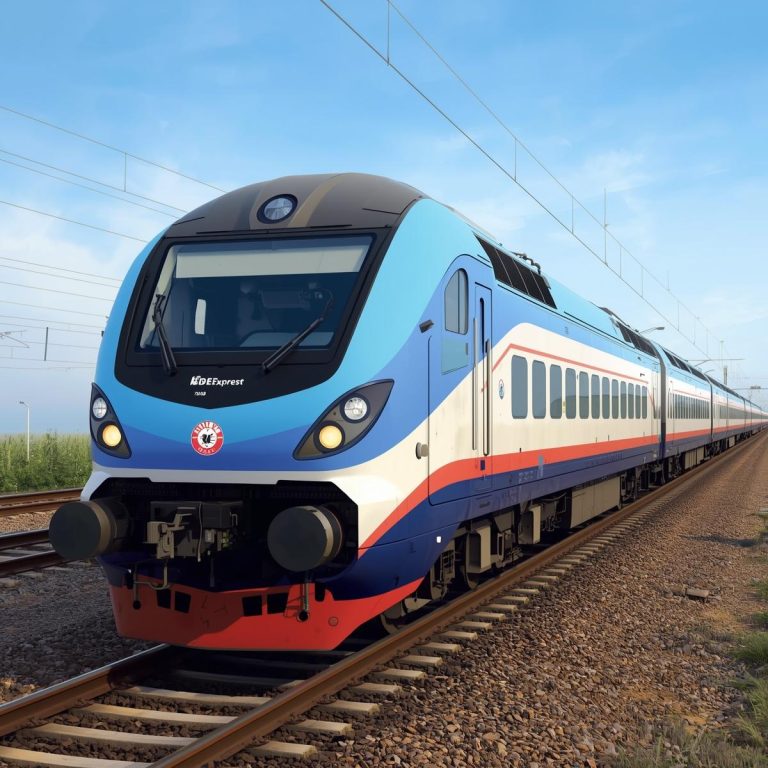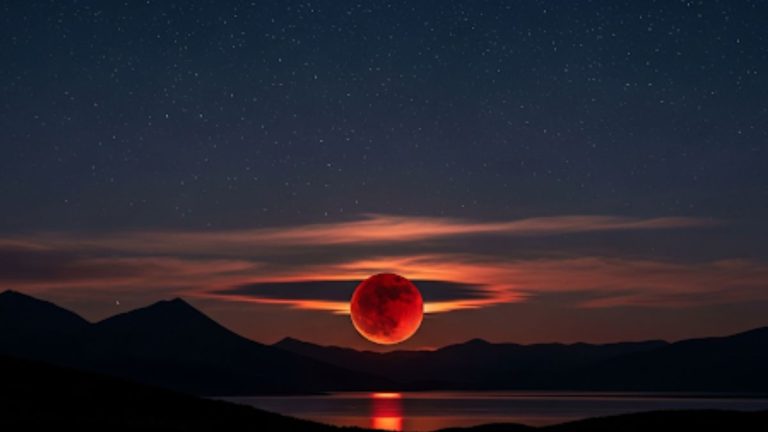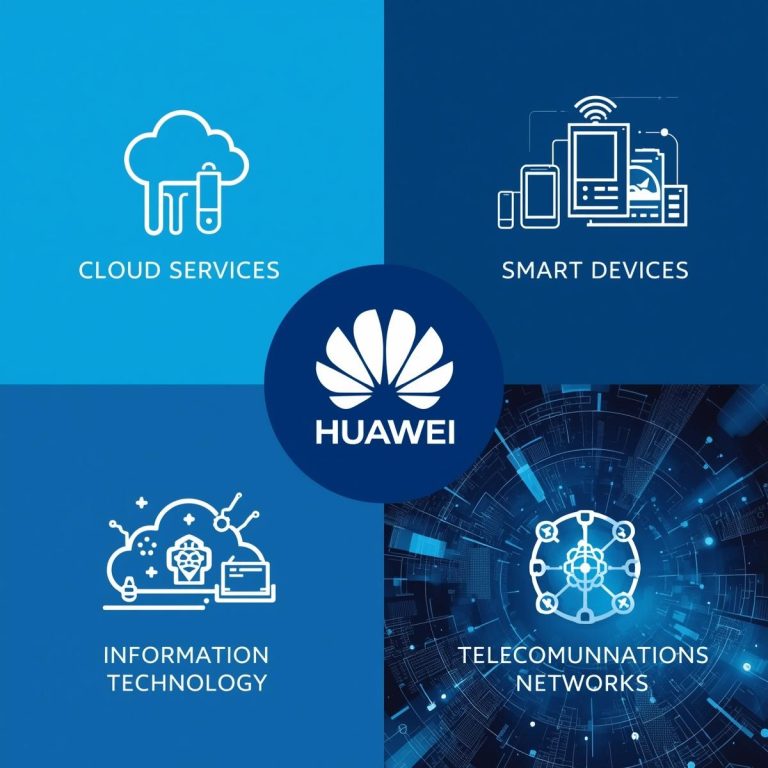
Mumbai’s Metro Aqua Line 3 starts operations from Cuffe Parade with record ridership on day one. The new underground corridor promises to cut traffic, connect key business districts, and offer cleaner, faster mobility for office-goers across the city.
Mumbai’s Underground Revolution Begins
Mumbai finally did it. After years of digging, delay, and debate, the Mumbai Metro Aqua Line 3—the city’s first fully underground metro—has opened to the public. And if day one was any indicator, Mumbaikars are all in.
The first ride from Cuffe Parade was a show-stopper: packed coaches, excited commuters, and a collective sigh of relief that the city’s most ambitious infrastructure project is finally moving. The line connects Cuffe Parade to Aarey JVLR, bridging the gap between South Mumbai, BKC, and the Western Suburbs.
First Ride, First Rush: Mumbai Shows Up Big
According to Mumbai Metro Rail Corporation Ltd (MMRCL), over 1.45 lakh passengers boarded on day one. Stations at Cuffe Parade, Worli, and BKC saw long queues of excited riders snapping selfies and celebrating this new chapter in Mumbai’s commute story.
MMRCL spokesperson: “The response exceeded our expectations. Our teams managed the surge smoothly—Mumbai is clearly ready for this transformation.”
Traffic Relief and Seamless Citywide Links
For office-goers traveling to BKC, Fort, Dadar, or Nariman Point, Aqua Line 3 is set to be a lifesaver. The corridor directly links Western Railway, Central Line, and Monorail, effectively cutting across the city’s biggest business districts.
Experts estimate the metro will reduce road traffic by nearly 7 lakh trips per day, saving fuel and easing congestion on the Eastern Freeway, Worli Sea Face, and Western Express Highway.
Chief Minister Devendra Fadnavis said during the inauguration:
“This project wasn’t just about building tunnels—it was about giving Mumbai a new rhythm. Aqua Line 3 will transform how the city moves, works, and lives.”
The line also owes much to Ashwini Bhide, the former MMRCL Managing Director, who steered the project through technical and legal hurdles with unshakable focus.
Citizens Speak: ‘It’s a Blessing for South Mumbai’
Anita Mehta, a Fort-based chartered accountant, was among the first to hop aboard.
“I used to spend nearly 40 minutes in a cab from Colaba to Churchgate. Today, I reached in 12 minutes flat. The metro is clean, quiet, and efficient—finally, something world-class for Mumbai.”
For many residents in South Mumbai, this is more than convenience—it’s freedom from endless traffic snarls and the rising costs of daily commuting through Mumbai Metro Aqua Line 3.
Teething Troubles, But a Strong Start
Every big leap comes with a stumble or two. The underground network currently faces patchy mobile and internet signals, which affect app-based ticketing. Some exits are still confusing, and not every metro station has proper BEST bus or auto feeder connectivity yet.
Experts suggest that last-mile integration will decide how far Aqua Line 3’s success goes. The MMRCL and BEST are already planning mini-bus feeder routes near major stations.
Why the Elite Need to Get Onboard
Let’s face it—if the rich and famous use the metro, Mumbai follows. Film stars, entrepreneurs, and business leaders must normalize public transit use. Their visibility can make metro travel aspirational—and help drive down pollution, noise, and car congestion.
A cleaner Mumbai isn’t built by policy alone; it’s built by participation.
A 10X Leap for Mumbai
With its air-conditioned coaches, high-speed connectivity, and underground comfort, Aqua Line 3 is more than infrastructure—it’s a mindset shift.
It’s Mumbai saying, “We refuse to crawl. We move.”
If the integration improves and the city embraces this mode wholeheartedly, the metro could finally do what flyovers, freeways, and fuel price hikes couldn’t—make Mumbai move smarter, faster, and cleaner.




